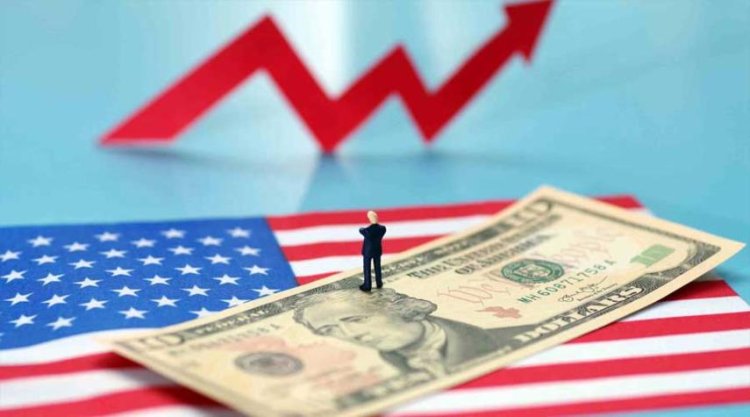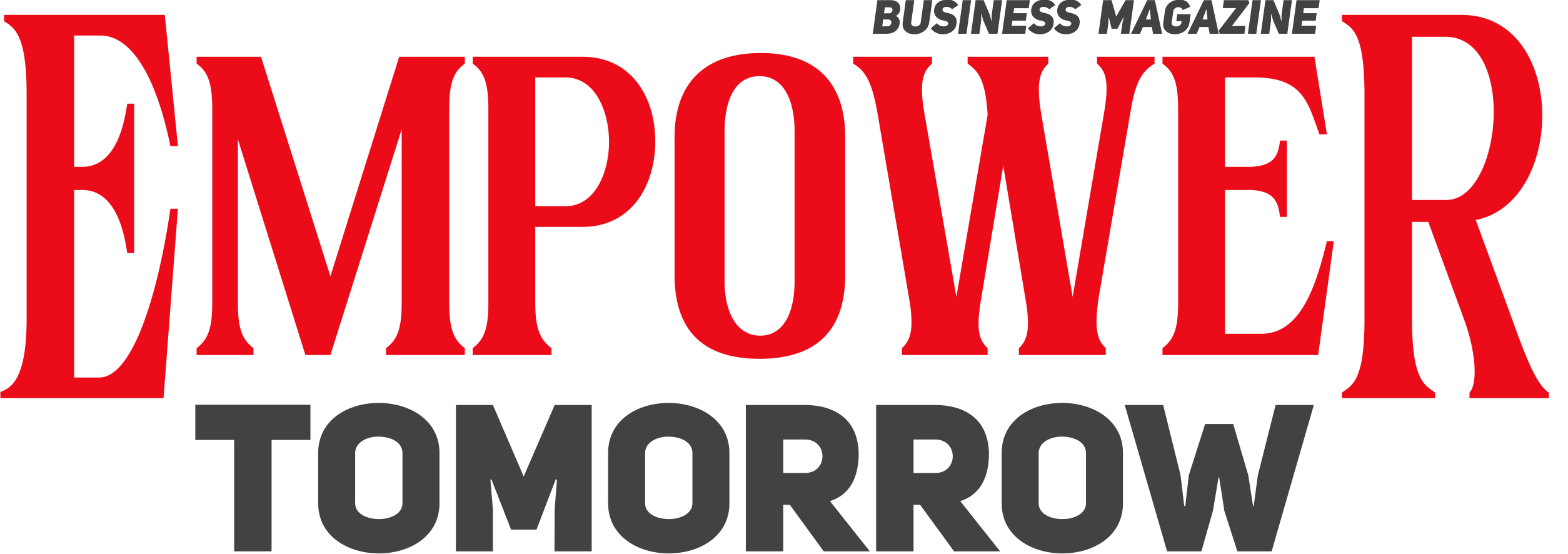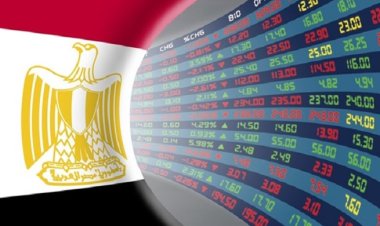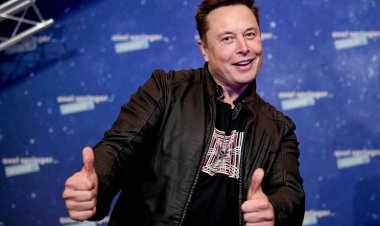$16.9 trillion.. US household debt in 2022
Federal Reserve data in New York revealed that total household debt rose to $16.9 trillion at the end of last December 2022.

Household debt in the United States jumped to a new record level at the end of last year, as the delinquency rate rose.
Federal Reserve data in New York revealed that total household debt rose to $16.9 trillion at the end of last December, an increase of more than $1.3 trillion compared to the same period one year ago.
Credit card debt increased
Credit card debt increased by about $130 billion on an annual basis to reach $986 billion, which exceeds pre-Corona pandemic levels.

Mortgage debt
Mortgage debt increased to $11.92 trillion, an increase of $993 billion compared to the same period a year ago, and auto loans rose to $1.55 trillion.
The report indicated that the percentage of debts that became overdue rose again in the fourth quarter of last year, after two years of decline.
The rise in debt came with the Federal Reserve raising interest rates 7 times last year and once this year, currently reaching a range of 4.5 percent and 4.75 percent from a level close to zero in March 2022.
A historically strong labor market has helped sustain consumer spending. However, they are doing so in an environment of historically high inflation and high interest rates.

American recession
What is happening in the United States cannot be described as a recession, nor can we say that there is no recession, because the official data issued by the economy present different results, some denying the recession and others confirming it.
Solving the inflation problem
Amidst this state of confusion, and with inflation rising in the United States last year, the Federal Reserve Board took action to lower prices by raising interest rates.

The purpose of raising interest rates is to slow down spending, and high interest rates increase the cost of borrowing money for individuals and companies, so they borrow less and spend less and buy less in the end.
When spending slows, companies lower prices in an attempt to entice people to buy, and in this way, prices will decrease, solving the inflation problem.


 Shrouq
Shrouq 












